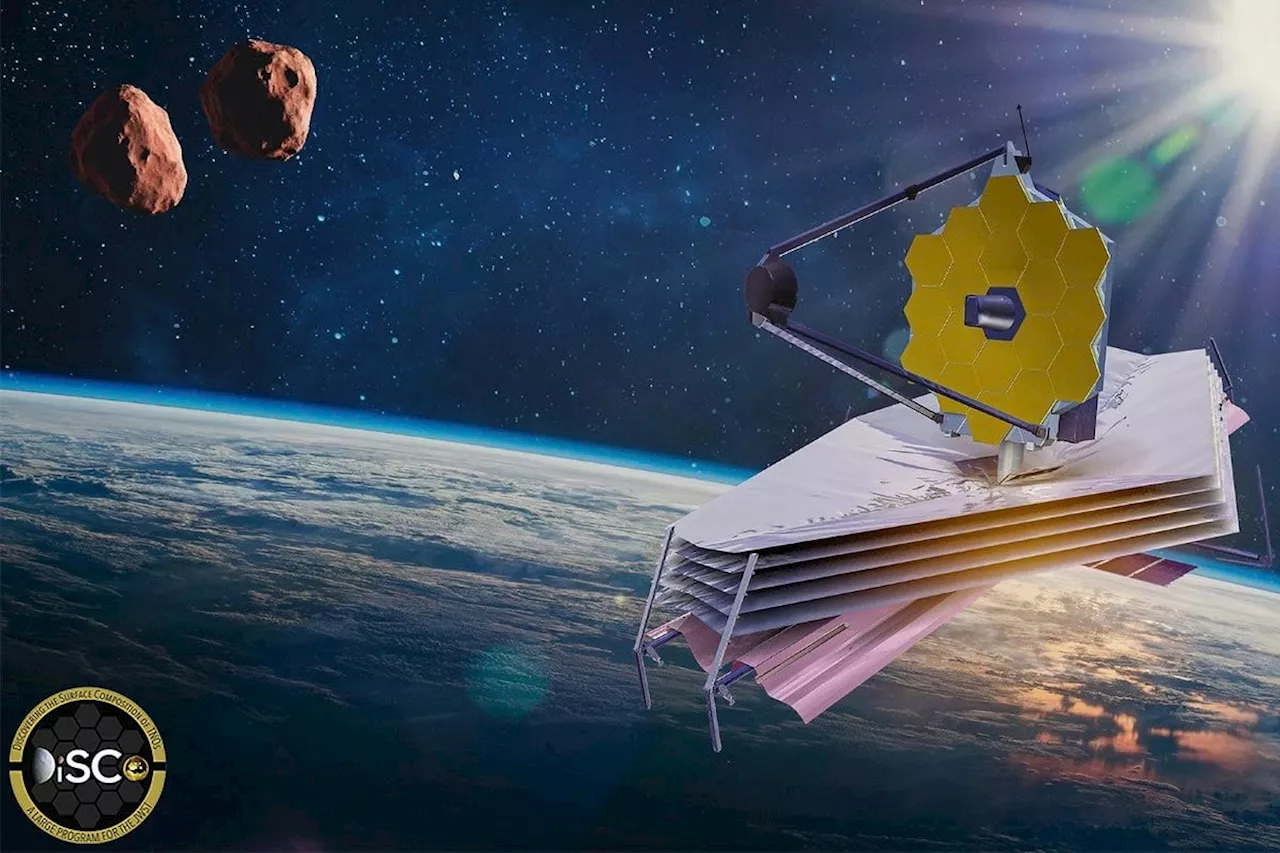Science, Space and Technology News 2024
An artist’s conception of Mors-Somnus, a binary duo comprised of a pair of icy asteroids bound by gravity, is shown. UCF researchers recently used the James Webb Space Telescope to analyze their surface compositions for the first time. Credit: Angela Ramirez, UCFA ring of icy rocks orbiting our sun just beyond Neptune may give us a glimpse of how Neptune — and other objects in the outskirts of our solar system — were formed.
What is unique to this work is that it is possible to study the surface composition of two components of the binary pair of small-sized TNOs, which had never been done before and can have implications for how we understand the whole region beyond Neptune.De Souza Feliciano led this particular study as part of Pinilla-Alonso’s greater DiSCo-TNOs program.
Due to the similar spectroscopic behavior of Mors and Somnus and their similarities with the cold-classical group, the researchers found compositional evidence for the formation of this binary pair beyond 30 astronomical units , as is also hypothesized in the previously published literature for the region where the cold-classic TNOs are also formed.
More specifically, studying the composition of small celestial bodies such as Mors-Somnus gives us precious information about where we came from, Pinilla-Alonso says.“We are studying how the actual chemistry and physics of the TNOs reflect the distribution of molecules based on carbon, oxygen, nitrogen, and hydrogen in the cloud that gave birth to the planets, their moons, and the small bodies,” she says. “These molecules were also the origin of life and water on Earth.
United States Latest News, United States Headlines
Similar News:You can also read news stories similar to this one that we have collected from other news sources.
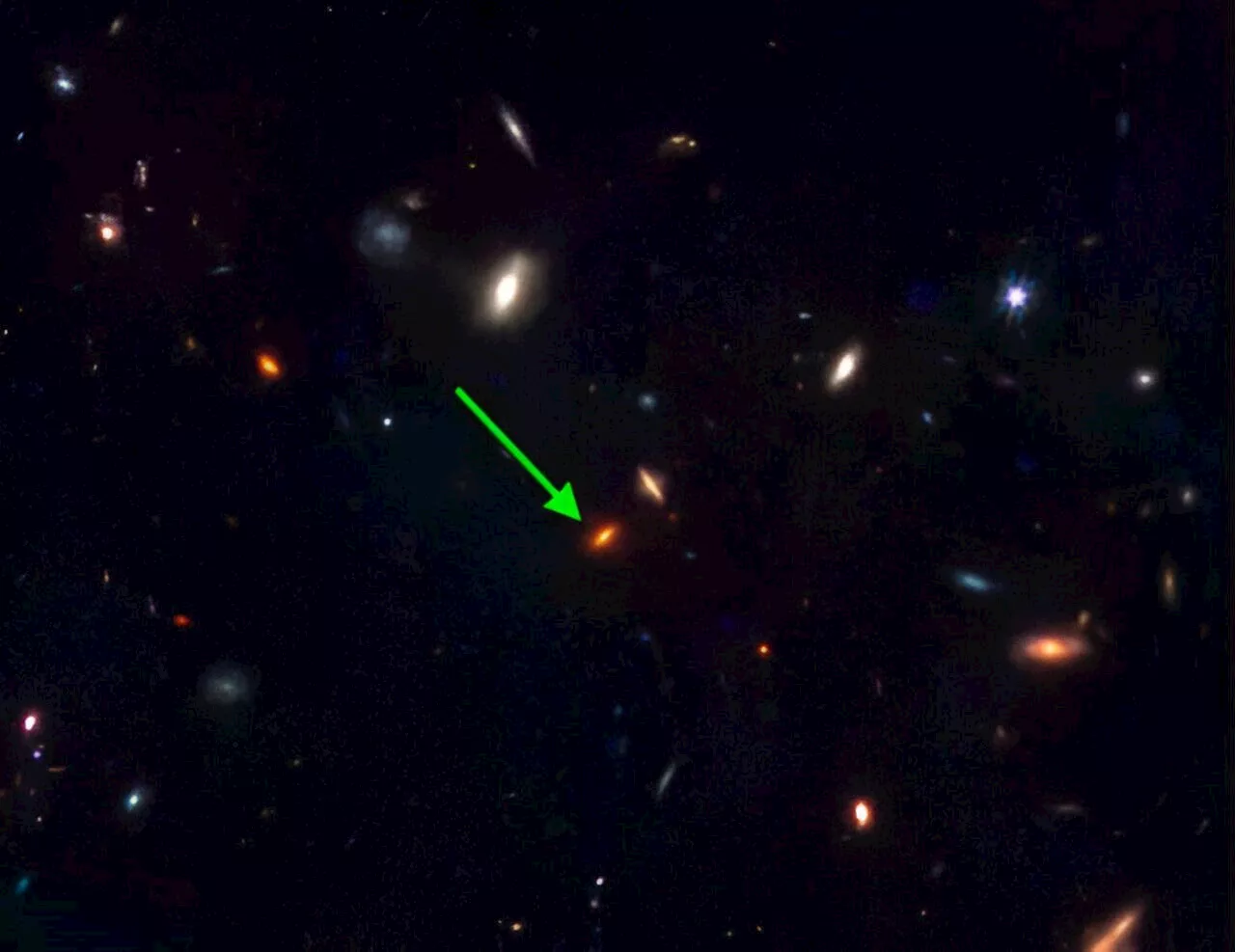 – Webb Space Telescope Discovers Mysterious Ancient GalaxiesScience, Space and Technology News 2024
– Webb Space Telescope Discovers Mysterious Ancient GalaxiesScience, Space and Technology News 2024
Read more »
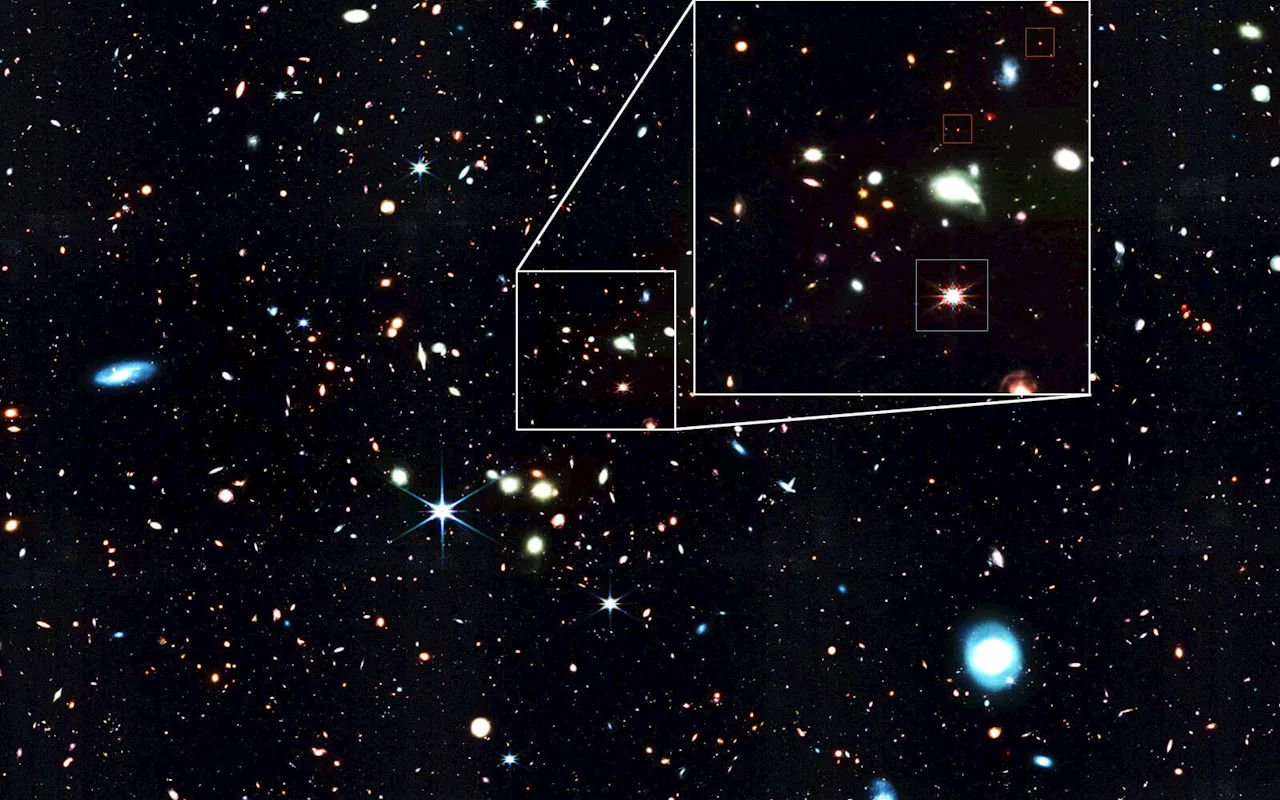 'Baby quasars': James Webb Space Telescope spots little giants in the deep pastThe James Webb Space Telescope has made one of the most unexpected findings within its first year of service: A high number of faint little red dots in the distant universe could change the way we understand the genesis of supermassive black holes.
'Baby quasars': James Webb Space Telescope spots little giants in the deep pastThe James Webb Space Telescope has made one of the most unexpected findings within its first year of service: A high number of faint little red dots in the distant universe could change the way we understand the genesis of supermassive black holes.
Read more »
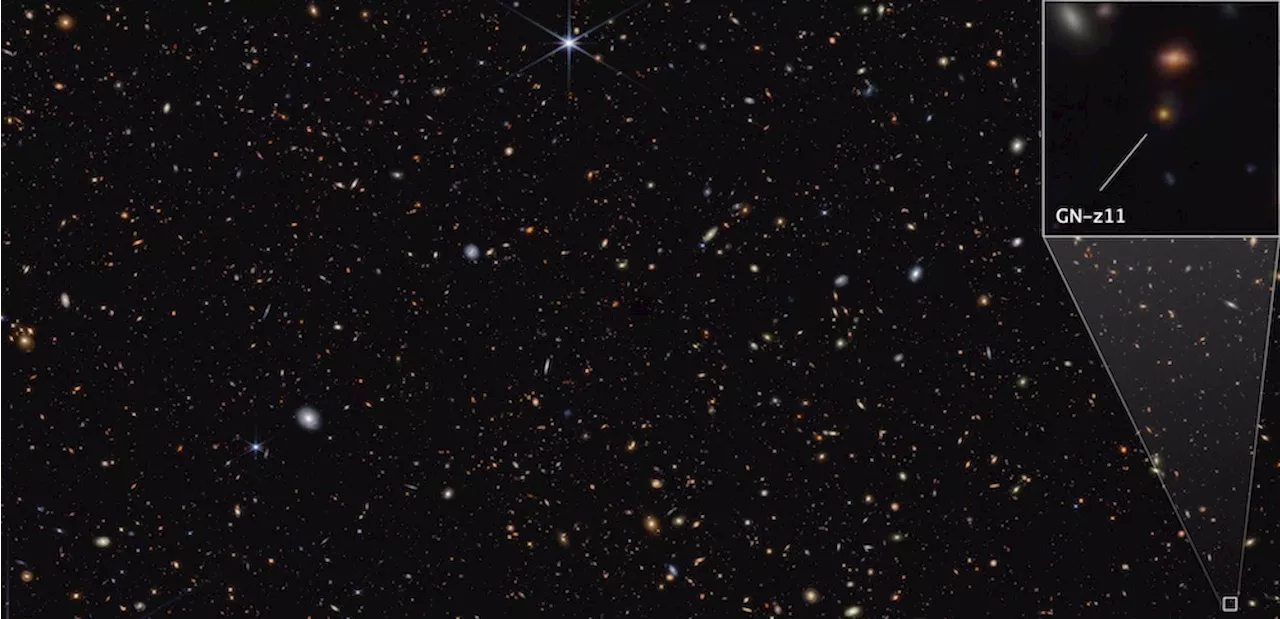 The Latest Mesmerizing Images from NASA's James Webb Space TelescopeWant to see the latest JWST images? The most recent image features the furthest known galaxy and black hole.
The Latest Mesmerizing Images from NASA's James Webb Space TelescopeWant to see the latest JWST images? The most recent image features the furthest known galaxy and black hole.
Read more »
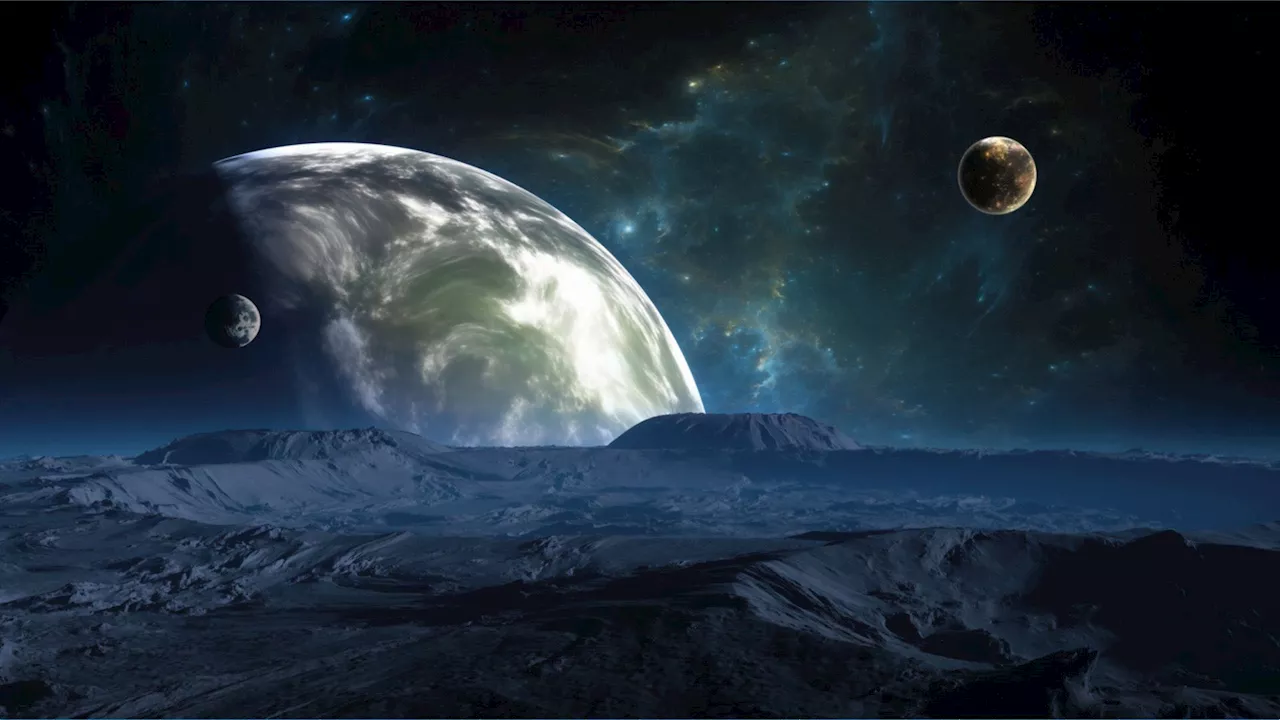 Webb telescope finds a ‘waterworld with a boiling ocean’ in deep spaceAstronomers find a new exoplanet that has waterworld tendencies due to the presence of methane and carbon dioxide.
Webb telescope finds a ‘waterworld with a boiling ocean’ in deep spaceAstronomers find a new exoplanet that has waterworld tendencies due to the presence of methane and carbon dioxide.
Read more »
 Webb unlocks secrets of one of the most distant galaxies ever seenLooking deeply into space and time, astronomers have studied the exceptionally luminous galaxy GN-z11, which existed when our 13.8 billion-year-old universe was only about 430 million years old.
Webb unlocks secrets of one of the most distant galaxies ever seenLooking deeply into space and time, astronomers have studied the exceptionally luminous galaxy GN-z11, which existed when our 13.8 billion-year-old universe was only about 430 million years old.
Read more »
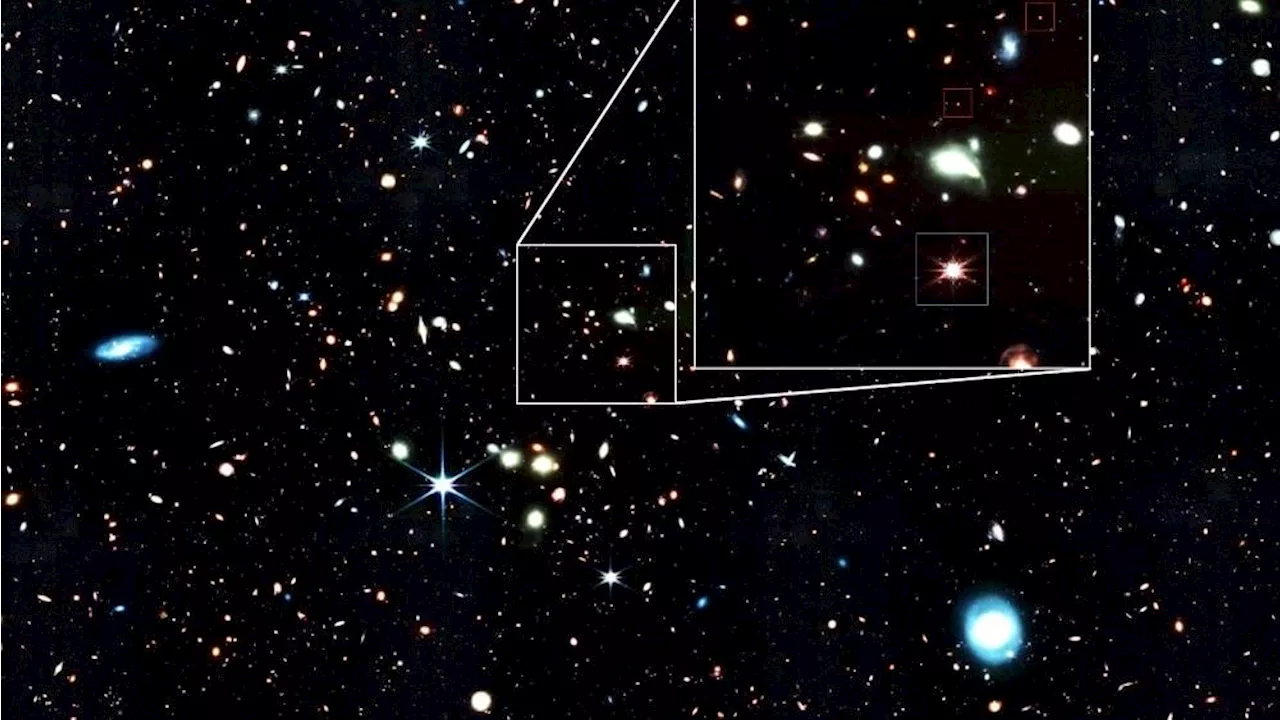 'Baby quasars' spotted by James Webb telescope could transform our understanding of monster black holesJennifer Nalewicki is a Salt Lake City-based journalist whose work has been featured in The New York Times, Smithsonian Magazine, Scientific American, Popular Mechanics and more. She covers several science topics from planet Earth to paleontology and archaeology to health and culture. Prior to freelancing, Jennifer held an Editor role at Time Inc.
'Baby quasars' spotted by James Webb telescope could transform our understanding of monster black holesJennifer Nalewicki is a Salt Lake City-based journalist whose work has been featured in The New York Times, Smithsonian Magazine, Scientific American, Popular Mechanics and more. She covers several science topics from planet Earth to paleontology and archaeology to health and culture. Prior to freelancing, Jennifer held an Editor role at Time Inc.
Read more »
